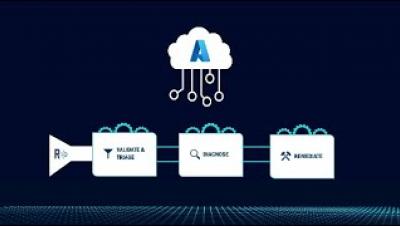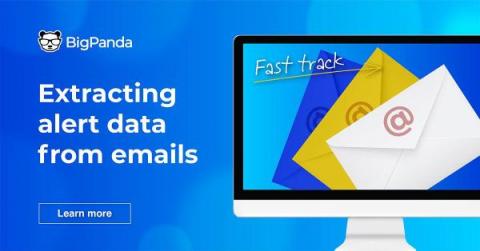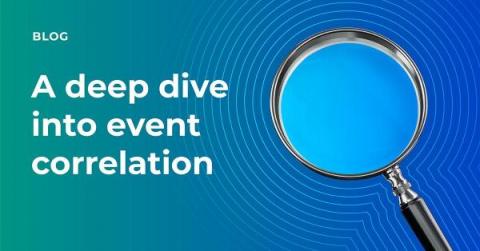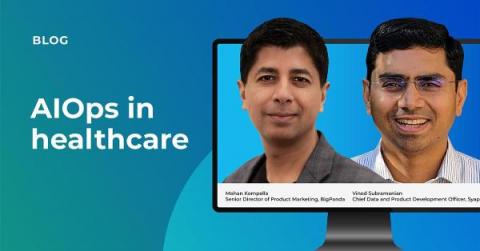Ghouls and Goblins Beware: You Do Not Stand a Chance Against AIOps
It is getting spooky out there, folks! Every year on October 31, we don our spookiest (or silliest) garb, an evolution of old practices where people would dress up to ward off ghouls, goblins and all manner of things that go bump in the night. After all, people believed these pesky spirits stirred up trouble. While pieces of this spooky tradition persist, just a few other things have changed in the past 2,000 years. For starters, we are a digital society.











